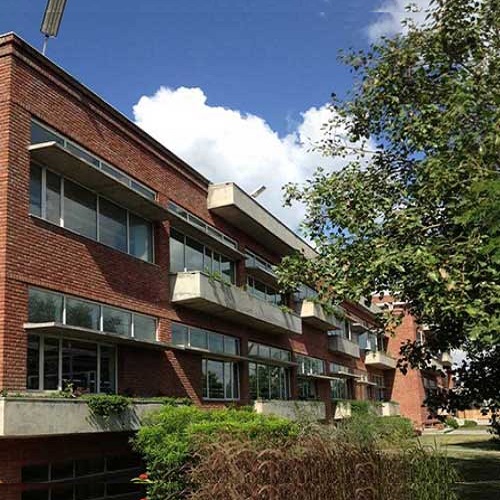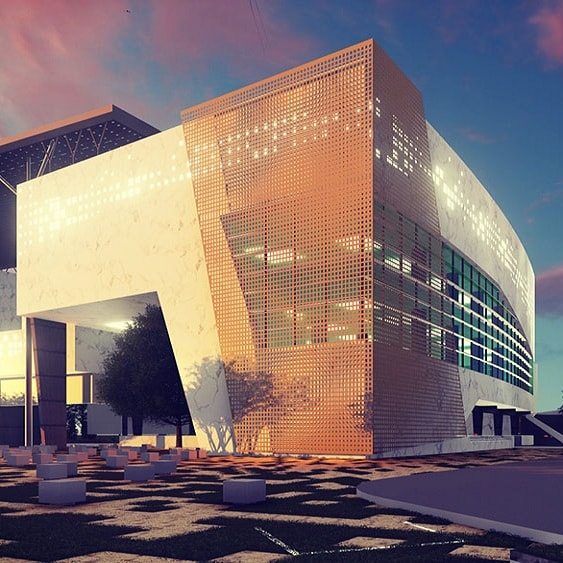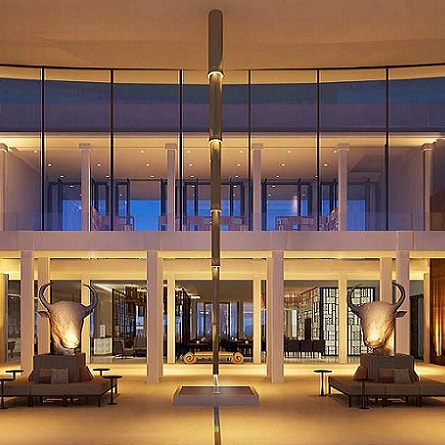

India's typical and unique value systems inform the design. The pursuit of opulence, needing to be maintained by ever-increasing consumption, is replaced by the creation of abundance. A small ecological footprint rather than wasteful consumption creates cooperation with nature. The attitude is symbiotic rather than antibiotic, aiming for fulfillment rather than blind achievement.
The building is not air conditioned; it is passively cooled with reflective surfaces, courtyards and vegetation and the only electrically assisted cooling is from roof fans. Some rooms can feel too hot in summer and too cold in winter as compared to the unnatural and unsustainable air-conditioned lifestyle that many of us are used to, but this encourages occupants to adopt a low-energy lifestyle that’s closer to nature. An integrated passive solar hot water system, naturally lit spaces, water conserving fixtures and a conservative lifestyle further assist in making a building with a very low consumption of energy and water (Actual Energy Performance Index: 12.76kWhr/Sq.m/year).
This ashram complex is expressed as a mandala form inventing the future of our past, using the present for its realization. It hints at durable materials: not energy consuming steel and glass, but evolved use of natural materials such as white slate and waste marble. And it demonstrates a lifestyle that can subsist with a minimal use of energy, water and other resources







